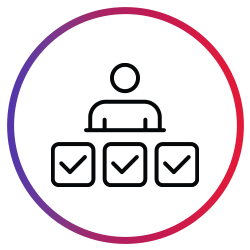
Marco Alexandre
Director, Consulting Expert
Throughout
his
career,
Marco
Alexandre
has
focused
on
advancing
emerging
technology
and
driving
digitalization
across
the
healthcare
ecosystem.
With
over
ten
years
of
IT-related
project
management
experience
in
the
healthcare
industry,
Marco
has
extensive
expertise
in
telemedicine,
medical
device
consulting,
...













